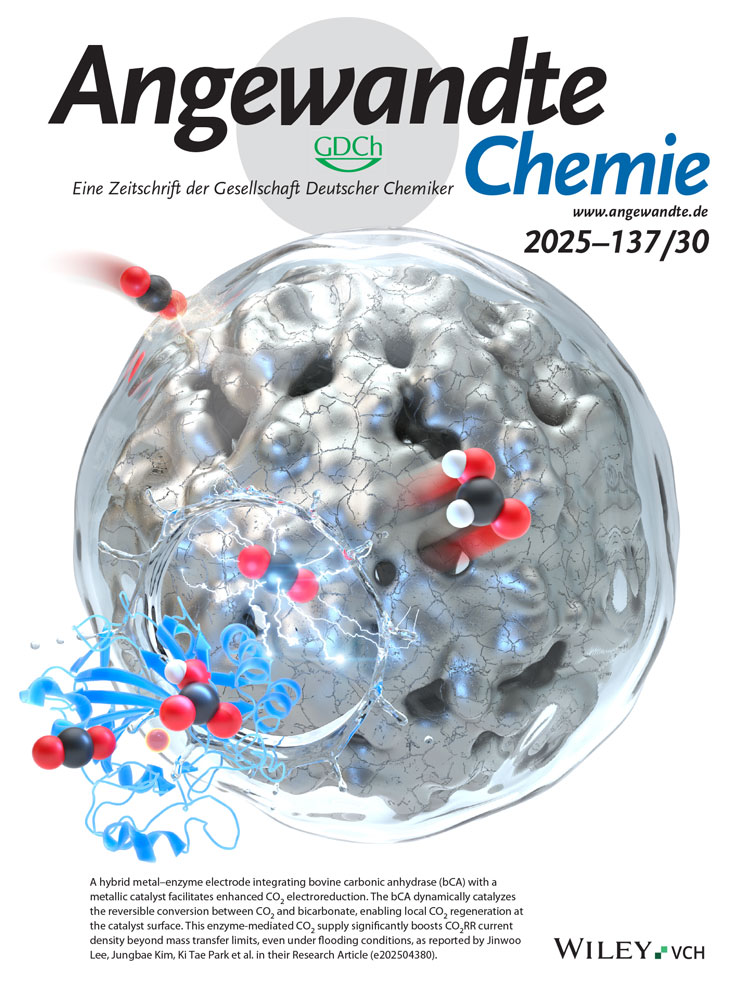Robust Imidazole-Linked 2D Covalent Organic Frameworks for Efficient Electrochemical Sodium-Ion Storage
Abstract
Exploring stable and functional linkages through facile one-pot cyclocondensation reactions represents one of the frontiers in the development of covalent organic frameworks (COFs), which can enhance structural robustness and diversity while broadening their application potential. In this study, we report a facile synthetic strategy using p-toluenesulfonic acid (PTSA) as a proton mediator to construct two imidazole-linked COFs (TABQ-COF and TAPT-COF) via one-pot cyclocondensation of aromatic aldehydes with ortho-diamines. These two COFs not only possess good crystallinity, but also exhibit excellent physico-chemical stability and contain abundant redox-active sites, which endows them with charming advantages for electrochemical energy storage. Remarkably, when employed as an anode material for sodium-ion batteries (SIBs), TAPT-COF delivered a reversible capacity of 517 mAh g-1 at 0.05 A g-1while maintaining outstanding cycling stability with minimal capacity degradation (<0.035% per cycle) over 1000 cycles at 1.0 A g-1. This superior performance stems from synergistic contributions of abundant redox-active centers (C=O and C=N groups), which enable efficient Na+ storage through multi-electron redox mechanisms. This study highlights the strategic advantage of structurally stable COFs with precisely engineered redox-active motifs via facile synthesis for advancing high-performance electrochemical energy storage.




